What Exactly are Airline Mile Credit Cards?
What are airline miles credit cards and how do they work?
Since their arrival in September 1958, credit cards today have a widespread reach and acceptance. They have eased the process of making payments by negating the need for carrying cash. Further, their popularity has fueled the aspirations of the online shopping culture. So it comes as no surprise that banks vie with each other for acquiring more customers. In order to achieve this, they offer rewards like cashback rewards, points or airline miles.
Airline mile credit cards are a type of travel credit cards. They enable cardholders to earn airline miles each time they use the card. Travelling has become increasingly expensive; paying hard-earned money for flights, at hotels and then for other purchases when holidaying, can be hard to digest. Recognizing this need, credit card issuers quickly created the airline miles credit card.
These cards offered airline miles in lieu of each pound spent using the card. As the miles accumulate, so do the benefits. Hence, once you have a sizeable number of airline miles in your account, you can enjoy several benefits. These could include free flights to and from several destinations, free accommodation at top tier hotels and other perks.
There are two types of airline miles credit cards:
- Airline associated cards: These cards have an affiliation to a specific airline. You can earn airline miles each time you use the card and whenever you choose to fly on the affiliated airline. These cards are worth it if you use the affiliated airline frequently as you can generally earn double points for each ticket you book on this particular airline.
- General air miles cards: These cards enable you to earn airline miles for each purchase. Further, you can redeem the airline miles towards purchasing tickets for any flight you wish. If you do not have loyalty towards any specific airline group, this card is useful for the flexibility it offers.
How airline mile credit cards work
You can use airline mile credit cards in the same way as you use other credit cards. The sole point of difference lies in the way you accumulate benefits. Thus, instead of accumulating reward points, you will accumulate airline miles. When you have a sizable number of airline miles, you can redeem them for free flights and other benefits.
A point to remember with airline mile credit cards is the return you get on your investments. Most credit cards will offer you one airline mile for each pound spent. Therefore, look for cards that offer you more than this 1:1 ratio. It will help you accumulate points faster. Also, opt for credit cards that give you airline miles for every category of purchase i.e. groceries, petrol refills etc. This way, each time you use the card to pay for something, you can add to your balance of accumulated airline miles.
Some airline mile credit cards provide several thousand welcome miles when you activate your account. This means that you do not begin your account with zero airline miles. Instead, you could earn 3,000 – 25,000 airline miles within the first three months of opening your account. Most credit card issuers will place some conditions before they give you these bonus airline miles. The most common conditions entail:
- Spending a threshold amount within the first three months of opening the account
- Making your first purchase within the first three months of opening the account
Situations and people these cards are tailor-made for
For people who travel several times a year – on business or pleasure – having an airline miles credit card can be very useful. Depending on your spending capacity, you may or may not earn enough airline miles to get a free flight each year. However, this card could bring that free flight closer to you.
Airline mile credit cards suit people who love travelling. They also provide useful benefits for those individuals who travel for business reasons. For example, consider an individual who flies for business reasons several times a year. This individual can easily afford to pay for a holiday with the discounts earned from each business trip. Similarly, people bitten by the wanderlust bug can earn airline miles with each purchase they make. This would help them accumulate airline miles, which they can use for travelling to exotic locations. The alternative is to keep an eye out for special deals on flights from discounted or voucher sites like Groupon!
Benefits of airline mile credit cards
- Airline mile credit cards provide several benefits for those who love travelling. These include:
- A faster rate of earning airline miles with generous sign-up bonus miles etc.
- The ability to earn rewards on each purchase
- Access to a variety of benefits like travel insurance, free check-ins and free upgrades
- Discounts on air tickets, accommodation expenses etc.
Drawbacks of airline mile credit cards
- In certain situations, airline mile credit cards can be disadvantageous too. Some of the shortcomings of these cards include:
- While you can earn airline miles at a rapid rate, these hard-earned miles could expire quickly too
- These cards have high Annual Percentage Rates (APRs) as compared to other cards, hence you could end up paying a significant amount of interest if you keep balances on these cards
- It could take a long time before you earn sufficient points to redeem for a free flight if you do not use the card often
- Airline mile programs sometimes have some restrictions on dates and routes
How do airline mile credit cards compare with other credit cards?
Cashback credit cards generally provide better returns per pound spent than airline mile credit cards. The average cashback card offers you £30 if you spend £250 per month. This gives you a return ratio of 12p per pound spent. Airline mile credit cards offer you one mile per pound. However, for a free round trip to Rome, you would need 15,000 airline miles. Thus, you would have spent £15,000 pounds. However, if the same flight costs you about £300 through a usual booking, you are getting a return of 2p per pound spent.
Further, cashback and reward cards provide faster benefits as you do not need to wait for years to redeem them. Rewards on these cards will seldom expire or have any restrictions on them, unlike flight reservations. It could be likely that by the time you have sufficient airline miles stacked up, it could cost you more airline miles for a free flight. Cashback and reward cards also give you greater flexibility when redeeming your rewards. Most cashback and reward cards do not have any annual fee either. Airline mile cards offer huge sign-up bonuses unlike cashback and reward cards.
If you want to compare airline mile credit cards and their associated benefits with other types of credit cards, visit www.comparethemarket.com/credit-cards.
How rewarding are airline mile credit cards?
Most airline mile credit cards offer one airline mile per pound spent. Certain airlines even offer 1.5 – 3 airline miles if you spend it directly on the airline associated with the credit card. The massive sign-up bonuses offered ensure that you hit the ground running, as far as accumulating airline miles is concerned. Each airline mile credit card has its own requirement when it comes to earning a free flight. Some airlines offer return flights to Berlin for 9,000 miles; Rome for 15,000 miles and Moscow for 20,000 miles.
- Depending on the credit card issuer, you could even gain other benefits like:
- A complimentary companion voucher based on spending a specific amount annually
- Introductory offers on balance transfers
- Travel insurance
- Supplementary cards for your family
- Upgrades and automatically enrolling standbys on waitlisted tickets
- 24/7 assistance outside the UK
- Refund and purchase protection programs valid for 90 days from the date of purchase
- Complimentary invites to various entertainment programs
Noted French poet, Jean de La Fontaine, said, “We always take credit for the good and attribute the bad to fortune”. Credit cards came into being more than a hundred years after his lifetime. However, his words provide sound advice when it comes to selecting a credit card. Reading the fine-print carefully and doing the mathematics on the returns on investments, remains the best way of finding a credit card.
The 5 Best Places for Snorkeling in the Caribbean
For many, snorkeling in the Caribbean’s crystalline turquoise waters and swimming with some of the world’s most fascinating underwater wildlife encompasses the perfect getaway. However, as there are so many incredible snorkeling spots offering a myriad of marine wildlife, choosing where to go can often cause more stress than bliss.
Contrary to popular opinion that snorkeling in the Caribbean can equate to a small fortune, the opportunities are varied and feasible for everyone regardless of budget. Simply by ducking your head under a breaking wave along a sandy beach in Antigua will immerse swimmers an exciting underwater world predominantly occupied by dozens of rainbow fish, turtles and other sea life. Depending on budget, the opportunities are endless and the Caribbean has so much to offer. To find out more click here.
As the majority of the best, unmissable spots in the Caribbean are only accessible by boat, there are numerous snorkeling boat trips across the Caribbean. Regularly taking small groups on a day’s extravagant underwater adventure, tourists are able to explore tropical reefs and inlets. This is particularly popular around the inlets of Tobago Cays or the US Virgin Islands due to the idyllic waters, stunning scenery and exotic wildlife. Here are 5 of the best places for snorkeling in the Caribbean.
St. John, US Virgin Islands
There are many aspects of the Virgin Islands that allure the many thousands of keen swimmers to snorkel along its shores. As the temperature averages around 80 degrees all year round, visitors can take pleasure in St. John’s coral reefs, surrounding themselves with sea urchins, sea turtles and even sharks whilst happily splashing around in the immaculate and clear waters. Throughout St. John, there are numerous spots to snorkel and enjoy an incredible underwater environment. Swimmers can snorkel among the three species of sea turtles or the beautiful parrotfish at Cinnamon Bay.
Bimini, Bahamas
Known as ‘an island in the stream’ the black coral gardens of Bimini are accessible from the beach and attract multitudes of marine wildlife. Only 50 miles from the Florida coast, the coral reef thrives thanks to the Gulf Stream moving northwards bringing with it pods of dolphins, Manta Rays and countless numbers of sea turtles. Consisting of two islands, Bimini boasts some of the most pristine beaches in the world and is also home to the S.S Sapona, a concrete ship that ran aground during a hurricane in 1926. Said to be one of the best wrecks in the Caribbean, the Sapona has become a habitat of its own and is home to many species of marine wildlife.
Champagne, Dominica
Aptly named due to the bubbles of air that effervesce from the seafloor, Champagne is extremely popular. Well known for its seahorses and frogfish, Champagne is a snorkeling paradise and is guaranteed to be a highlight of any trip spent snorkeling in the Caribbean. Other wildlife often includes lobsters and even squid attracted by Champagne’s colorful coral and the bubbles of warm air. Day trips are regularly organized to Champagne’s reefs and are highly recommended as the guide’s are extremely knowledgeable about the area.
Underwater Sculpture Gardens, Mexico; Grenada
A truly unique spectacle, the sculpture gardens of Grenada are a wonderful sight and can be seen by divers, those in glass bottom boats and those snorkeling. Underwater sculptures by the artist include a circle of children holding hands, a person sitting at a desk using a typewriter and a table with a bowl of fruit and vase. Designed by British artist Jason De Caires Taylor, there are a total of 65 sculptures anchored to the seafloor creating a strange underwater gallery. It is fascinating to see the coral growth around the sculptures and how the marine wildlife has incorporated it into their habitat.
Tobago Cays
Accessible only by boat, the Cays are entirely uninhabited by people to the extent that it is forbidden by law to build structures there in an attempt to preserve the wildlife. Since the introduction of the marine park an abundance of marine creatures have made it their home. Allowing visitors to snorkel with turtles, eagle rays and a multitude of reef fish, Taboo Cays is renowned for being one of the best places for snorkeling in the Caribbean.
Central American City Travel Guide
Central America is renowned for many things: its volcanic activity; its wildlife; its beaches; its Maya ruins and its sunshine.
But as a city break destination?
However, in my opinion, no Central American holiday is complete without experiencing the hustle and bustle of its urban centres.
Central American experts TrekAmerica are obviously of that opinion too because its tours take in many of the best cities in the region, including Antigua, Leon, Granada and San Jose. Here’s a guide to why these should feature on your Central American too.
Antigua, Guatemala
Nestled in the central highlands of Guatemala is the city of Antigua. Although it isn’t the capital of the country, Antigua is much more tourist friendly than Guatemala City and has plenty to keep any visitor interested for the duration of a short stay.
Even before we get onto the business of its Unesco World Heritage centre, one of Antigua’s biggest draws is the simply stunning backdrop formed by the triumvirate of volcanoes de Agua, de Fuego and Acatenango. The contrast between the small buildings and these mighty peaks is breathtaking, and a stark reminder that for many of the residents of Central America, the threat of an eruption is always hanging over them.
In town itself, you’ll find ancient ruins, pretty churches and chocolate makers, as well as a number of museums worth a look.
Leon, Nicaragua
Assuming most people know more about the Luc Besson film than Nicaragua’s second largest city, Leon is a city of 175,000 people situated in the far west of the country, just 18km from the Pacific Ocean.
Leon’s main draw is its Spanish colonial architecture, with a number of spectacular and colourful examples of 18th century design dotted around the city.
One of the most impressive is the Unesco World Heritage Cathedral of the Assumption, which was completed in 1814 and remains Central America’s largest.
Granada, Nicaragua
Further south, on the coast of the mighty Lake Nicaragua, is the city of Granada, reputedly the first European city in mainland America.
Established in 1524 by Francisco Hernández de Córdoba, Granada, like Leon, has many wonderful examples of colonial architecture – its colourful buildings reminiscent of Havana in Cuba.
And of course, it makes the perfect base for exploring what the largest lake in Central America has to offer.
San Jose, Costa Rica
As the capital city of Costa Rica, San Jose unsurprisingly has much to offer tourists, packed as it is with museums, restaurants and bars.
Visit the National Museum of Costa Rica housed in a spectacular ochre-coloured fortress bearing scars of the civil war in 1948, which led to the abolishment of the country’s military, or check out a performance at the National Theatre.
There are also a number of parks to explore and a zoo, if the weather is good. The biggest park is La Sabana, which has been nicknamed ‘the lungs of the city’. As well as plenty of green space to enjoy, it is also home to Costa Rica’s national stadium and art museum.
San Jose is a great place to end your Central American tour if you’re not planning on visiting Panama, as it has its own international airport, allowing you to catch a flight to the USA for connections to Europe.
We hope this Central American City Travel Guide was a bit insightful, and there are plenty more great cities in the region to explore, these are just great home bases for further exploration!
How to Save Money for Traveling!
When it comes to traveling, many people don’t think of it as something feasible because it’s, “too expensive!”. Yes, of course, if you want to go to Monte Carlo in the middle of summer, you’ll probably be spending some serious loot, but for the majority of destinations, there are always quality budget accommodations, things to do that aren’t expensive etc. This means while you have a million options for destinations to visit, you will still need to save up some money before shipping out. Here are 3 great ways to save money for traveling!
1. Start paying for things in cash and hoard that change!
While you can definitely rack up some rewards and cash back if you’re using a credit card, many people are pretty wary of doing so. A great way to save money for traveling (or anything for that matter), is pay for things in cold hard cash, and any coins you receive for change, store them in a jar or somewhere else that you just won’t lose it. You’ll be surprised how quickly you’ll start saving some serious dough. Some banks like TD Bank offer free change cashing for either direct deposit to your bank account or right back into bills.
2. Rent out your place for the duration of your trip
There has been a big movement in recent years against the hotel industries inflating prices, and that revolution starts at home, literally! There are a few popular websites like AirBnB.com, VacationRentals.com and Wimdu.com that allow people to upload their homes, apts, condos, etc. to rent to travelers. It’s an attractive offer for travelers because if you like to cook, have a family, etc. you can get way more bang for your buck. And hey, isn’t it more fun to get to check out how real locals live anyway? You can rent out your home while you’re gone, and even use the service when you travel and save a lot of money, hell you might even make some! Another good tip is to forego taking a taxi to the airport after you lock up someone renting your spot. If you’re going away for a few days, it’s cheaper just to park at the airport. Do a Google search for airparks discount codes as well to score some more savings as well!
3. Sell off all your old CDs, DVDs and video games
Let’s be real, when is the last time you really listened to a CD? Yea maybe you still use it in your car here and there, but chances are you have an AUX jack you plug in your ipod or mp3 player with. Still playing Mariokart 64 or Halo 1? Didn’t think so. While you probably won’t make a fortune selling off all your old forms of entertainment, there are some good, easy options on the web that will buy back all your old media like Music Magpie (see here). Hey, nothing like cleaning out your old crap and getting paid for it at the same time right?








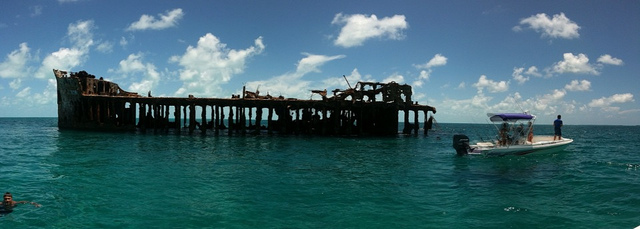
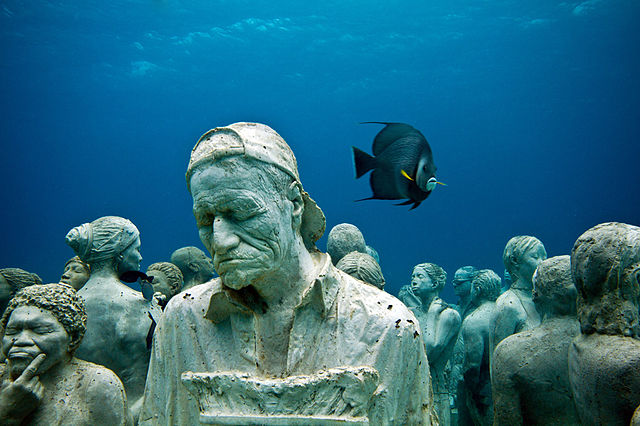
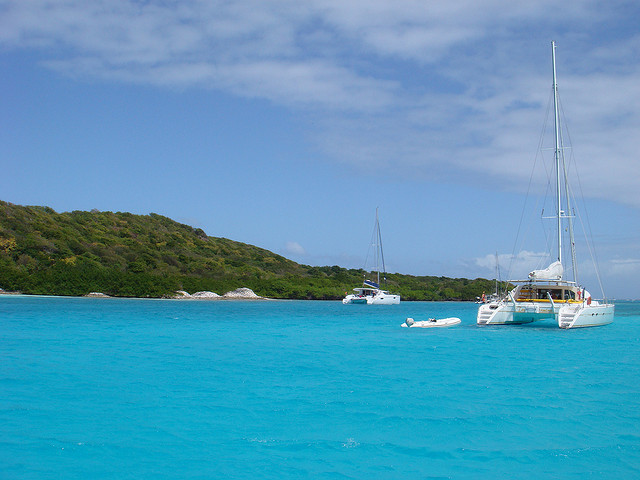


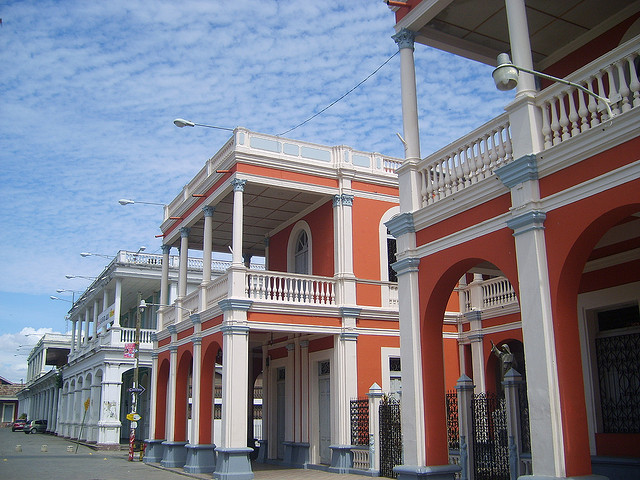
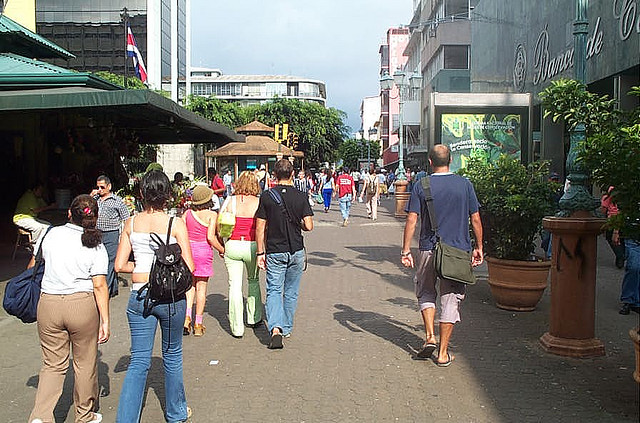




 Welcome to Home Town Travel Guides.com , your source for travel guides written by locals and those who've been there and done that! ~Jeremy
Welcome to Home Town Travel Guides.com , your source for travel guides written by locals and those who've been there and done that! ~Jeremy